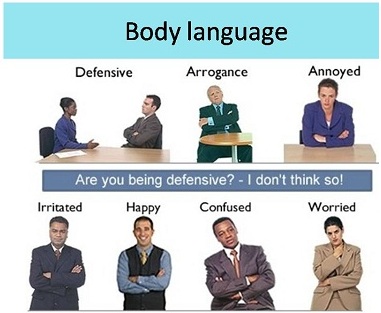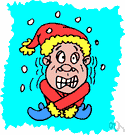

Other possible symptoms include abnormalities with pitch, volume, resonance and voice weakness. People with dysphonia may present with hoarseness and a sore or dry throat. Clearly it is a complex system, depending on sophisticated control for success. Understandable voice is produced by co-ordinated movements of the tongue, lower jaw and soft palate – the flexible part of the roof of the mouth. The pharynx (area at the back of the throat) and oral cavity act together as a sound resonator. The vocal cords resemble two small blinds that can be drawn across from the side of the larynx in to the middle, thus causing a variable restriction in the amount of air that can pass through.Īccording to how tightly the muscles tense the edges of the vocal cords and how much breath pressure is applied, the frequency of vibration of the cords can be changed very rapidly, which generates the tone of the sound being produced. It also has a pair of vocal cords which move apart on breathing in (inspiration) and come closer together on breathing out (expiration). The larynx (voice box) has a framework of cartilage with muscles attached to different structures.

The generation of voice requires a sound-producing ('phonatory') system, a control centre and a network connecting the two.

Fortunately the majority of people with voice complaints have a benign (non-cancerous) cause. It is typically characterised by altered vocal quality, pitch, loudness, or vocal effort. There are many causes of dysphonia, and it is a generic term that covers the auditory-perceptual symptoms of voice disorders. What is dysphonia?ĭysphonia (diss-PHONE-nee-yah) is a descriptive medical term meaning disorder (dys- ) of voice (-phonia). But what is dysphonia exactly, and what causes it? Dr Roger Henderson explains the causes of dysphonia, including functional dysphonia and spasmodic dysphonia, and how it is treated. If you ave noticed your voice has been breaking or sounding hoarse or different than usual, you might be wondering if you have dysphonia.


 0 kommentar(er)
0 kommentar(er)
